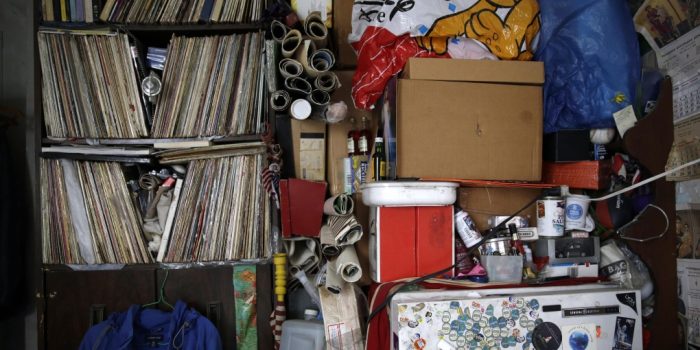Virtual reality (VR) technology is emerging as a promising solution for individuals grappling with hoarding disorder, offering a ray of hope for those buried under possessions they find hard to part with. Recent research indicates that VR can effectively alleviate symptoms and encourage real-life decluttering among people afflicted with hoarding disorder.
In a pioneering study, nine participants aged 55 and over embarked on a transformative journey to declutter their lives with the aid of VR technology. The unique approach involved capturing images and videos of the most cluttered room in their homes and 30 cherished possessions. These visual records were harnessed to craft a lifelike 3D virtual replica of the room, which participants could access and interact with through a VR headset. Over a span of 16 weeks, they embarked on an online group therapy adventure, with a critical twist occurring during weeks seven through 14 – individual clinician-guided VR sessions.

During these carefully curated VR sessions, participants engaged in the cathartic process of transferring virtual possessions to designated bins, choosing between recycling, donation, and even a virtual garbage truck that would cart away their digital burdens. This process allowed them to confront their emotional attachment to their belongings in a less stressful virtual environment, paving the way for eventual real-life decluttering. As a senior author of the study, Carolyn Rodriguez, astutely observed, “It’s nice to be able to titrate in a virtual space for people who experience considerable distress even attempting to part with possessions.”
The study’s findings were nothing short of encouraging. The VR component succeeded in helping participants comprehend their intricate relationship with their possessions, shedding light on the often-misunderstood world of hoarding disorder. Importantly, it offered a vital avenue for individuals who find the act of letting go almost unbearable in reality.

Rodriguez emphasized the significance of this research, stressing that hoarding disorder is not merely a personal limitation but a complex neurobiological entity. By spreading the word about the efficacy of VR therapy, the study underscores that there is hope and treatment available for those who endure the trials of hoarding disorder, offering them the support they need on their journey to recovery.
In a nutshell, utilizing virtual reality to treat hoarding disorder holds tremendous promise, allowing individuals to confront their attachments and declutter their lives more manageable and compassionately.
The recent research published in the Journal of Psychiatric Research underscores the importance of understanding hoarding as a treatable condition and emphasizes that individuals do not have to face it alone.
Source: Stanford Medicine


